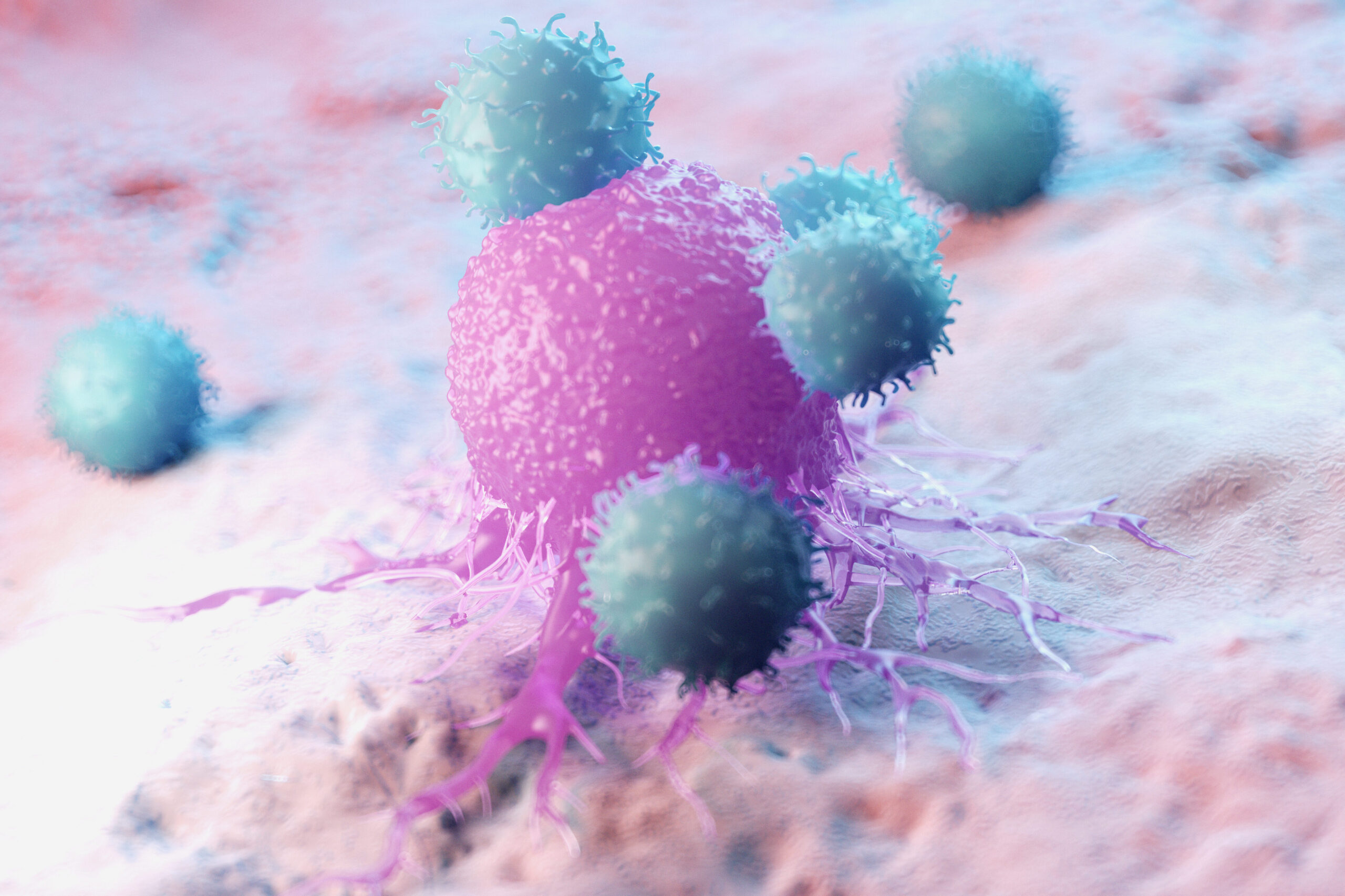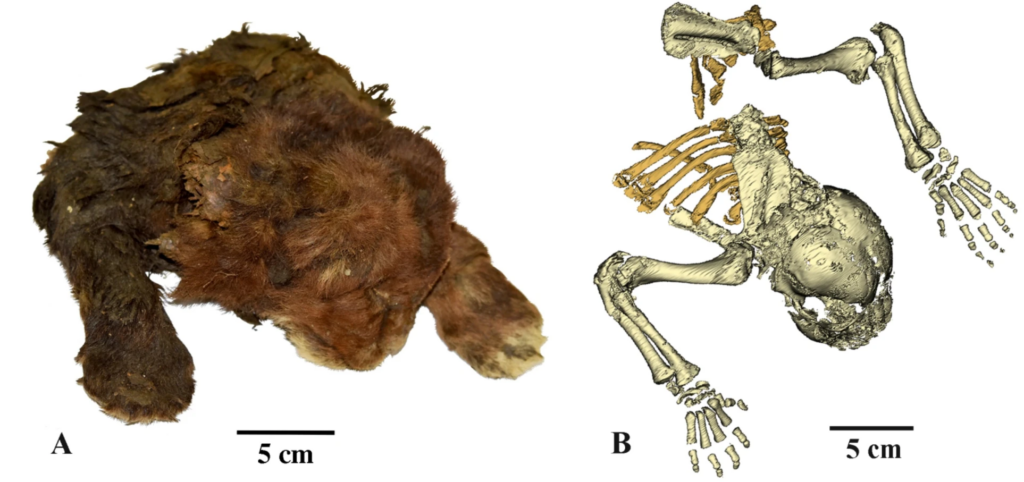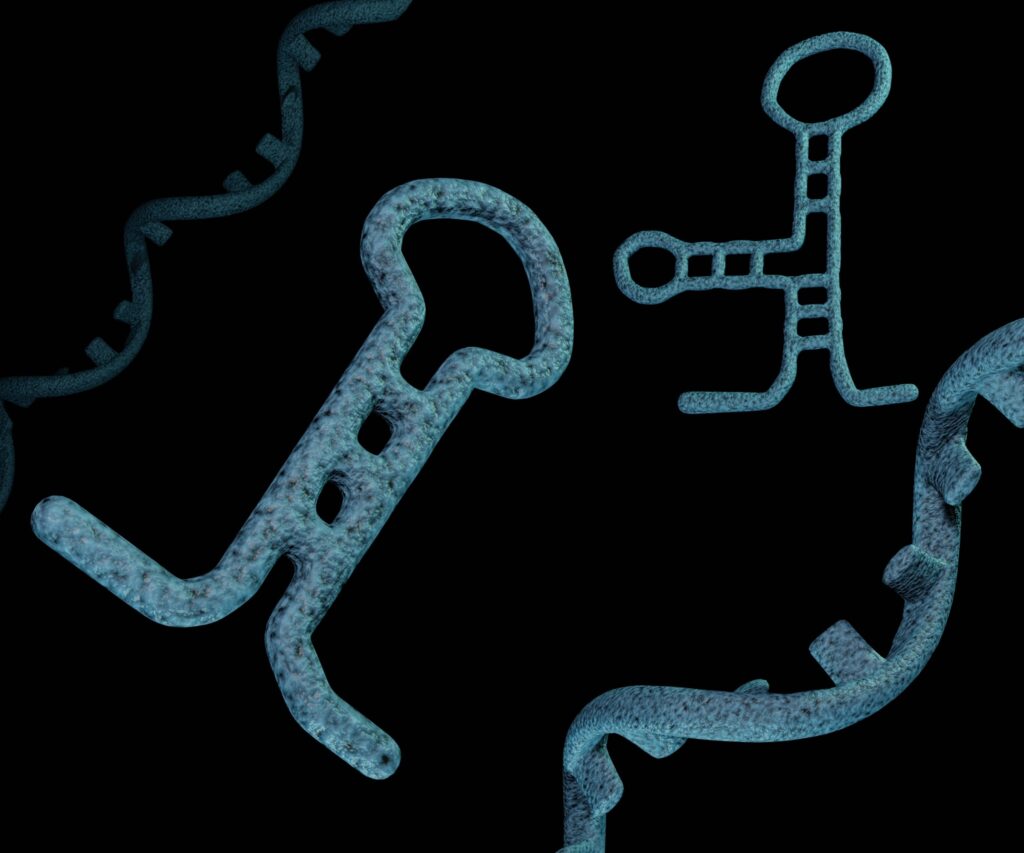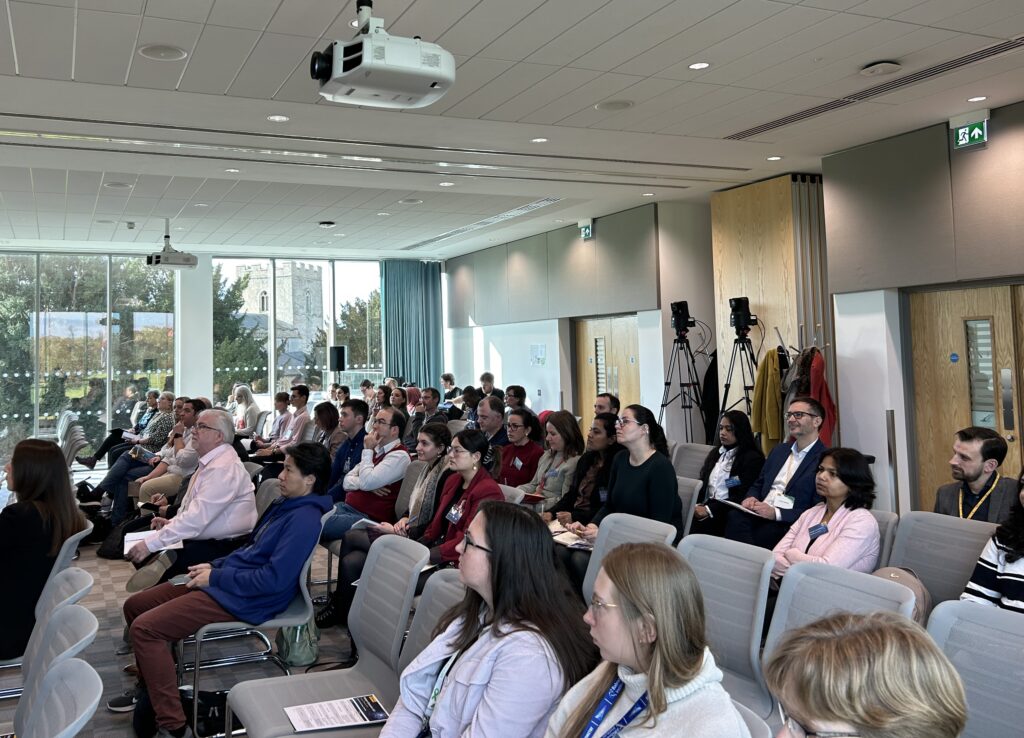
Polycyclic aromatic hydrocarbons (PAHs) are widespread environmental pollutants found in industrial waste, fossil fuel combustion and creosote-treated wood, to name a few. Due to these industrial activities, there are multiple pathways for human exposure. These compounds pose significant health risks due to their carcinogenic, teratogenic and mutagenic properties yet removing them from contaminated sites remains a challenge. Traditional remediation techniques, such as dredging and chemical treatment, are costly and can further disrupt ecosystems (1).
Mycoremediation—using fungi to break down pollutants into intermediates with lower environmental burden—offers a sustainable, low-cost alternative for PAH degradation. While past research focused on basidiomycete fungi like white rot fungi, these have been unreliable in large-scale field applications. This study investigates an alternative approach: leveraging naturally occurring ascomycete fungi from creosote-contaminated sediments to enhance PAH degradation (1).
Continue reading “Can Fungi Help Clean Up Environmental Contaminants? “








